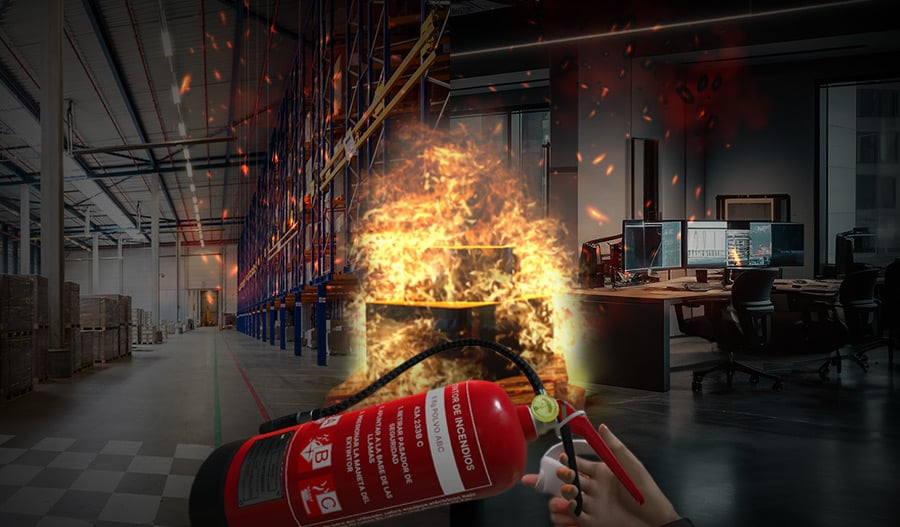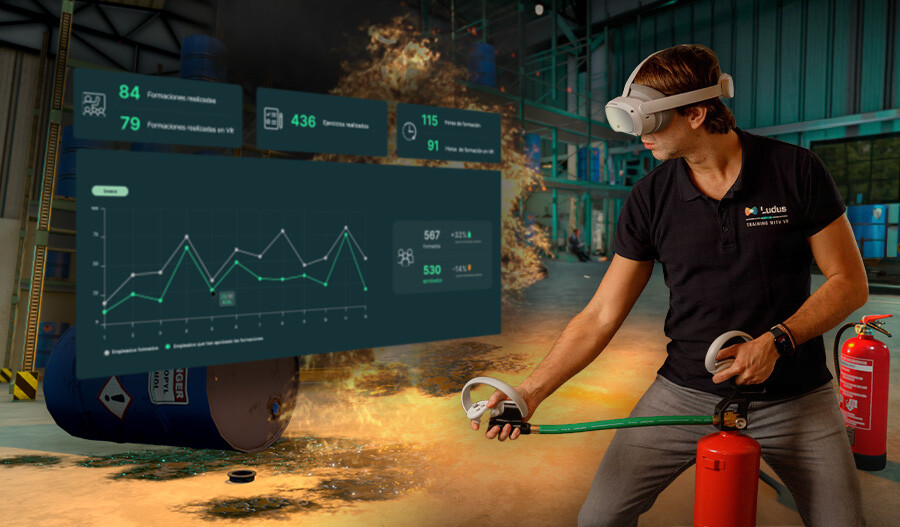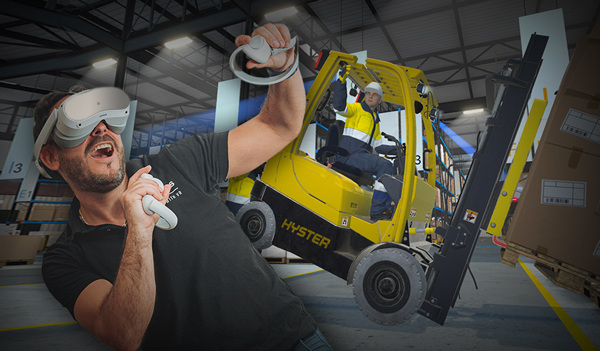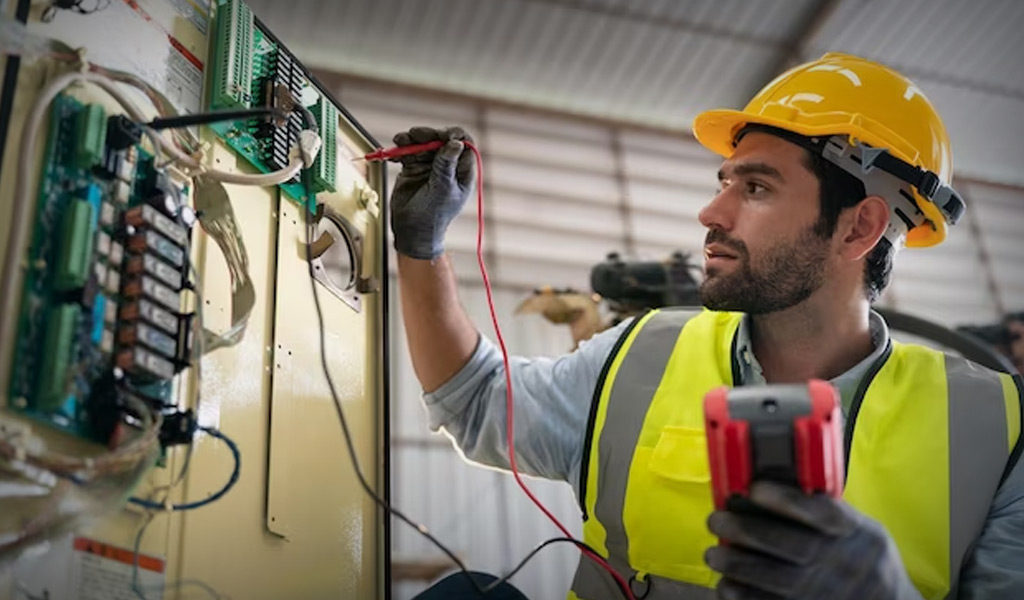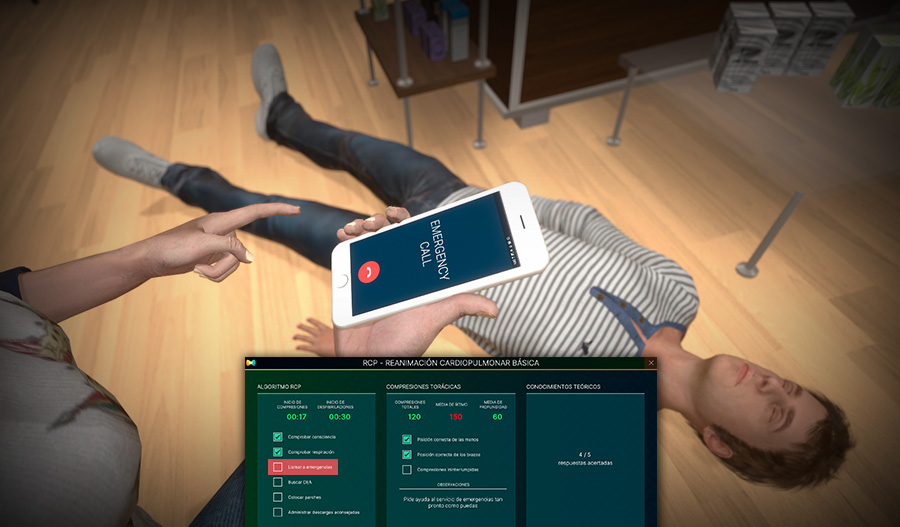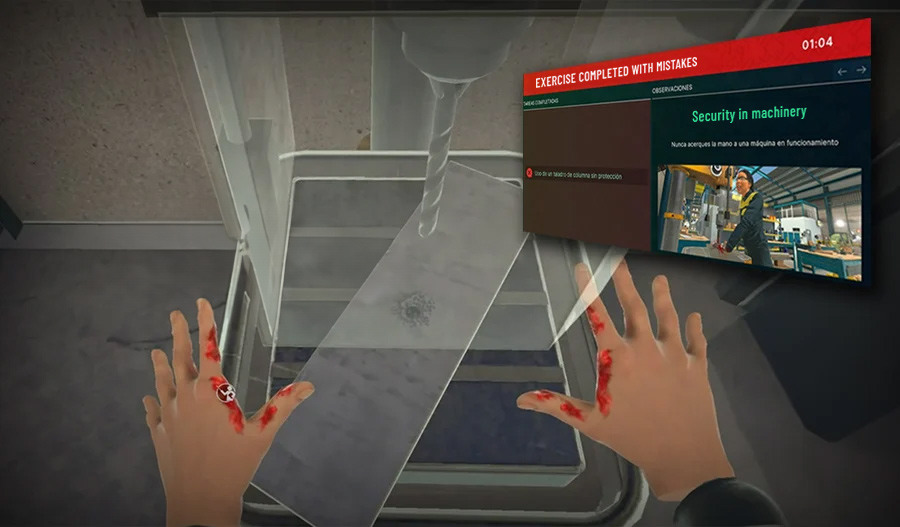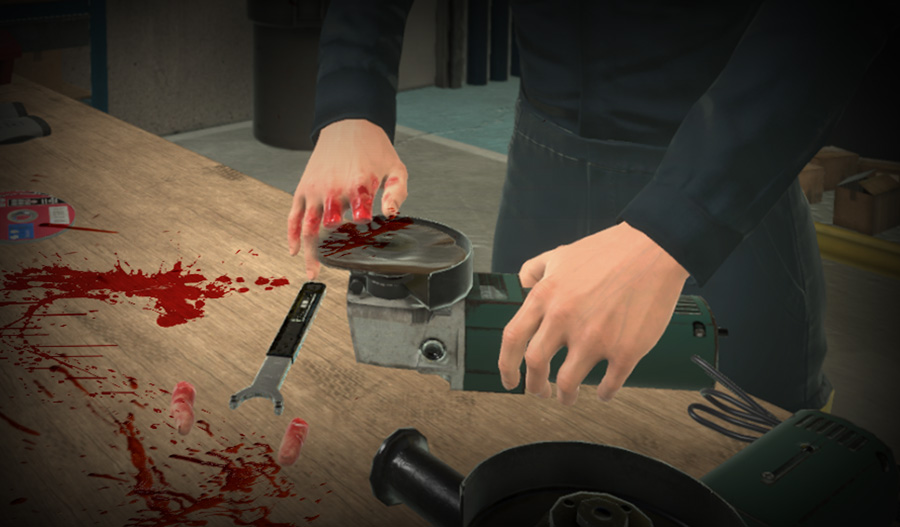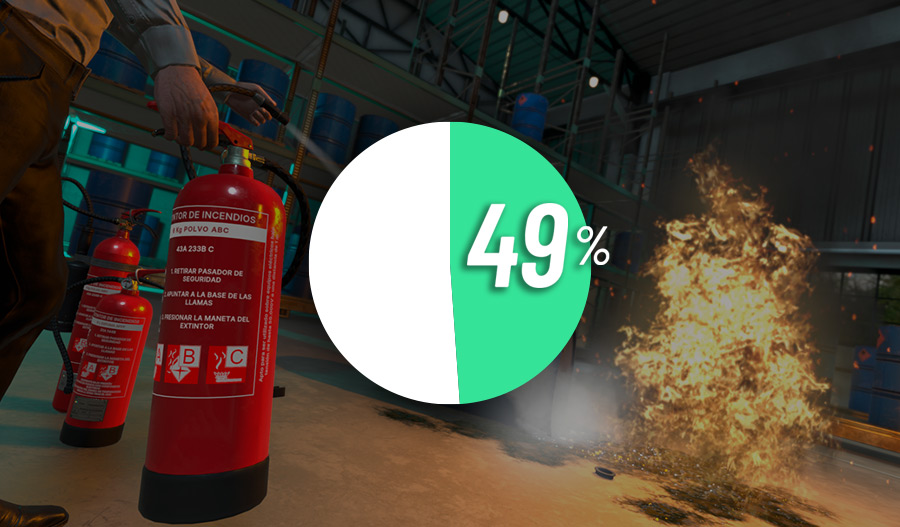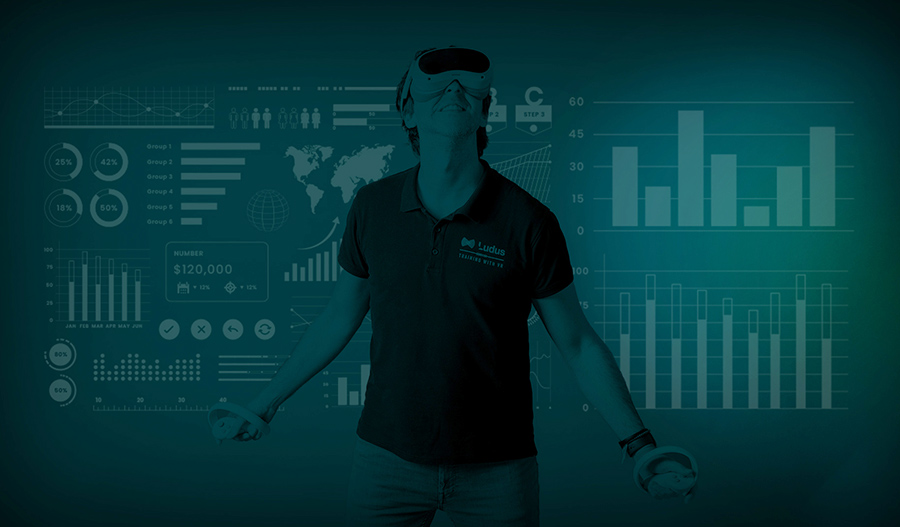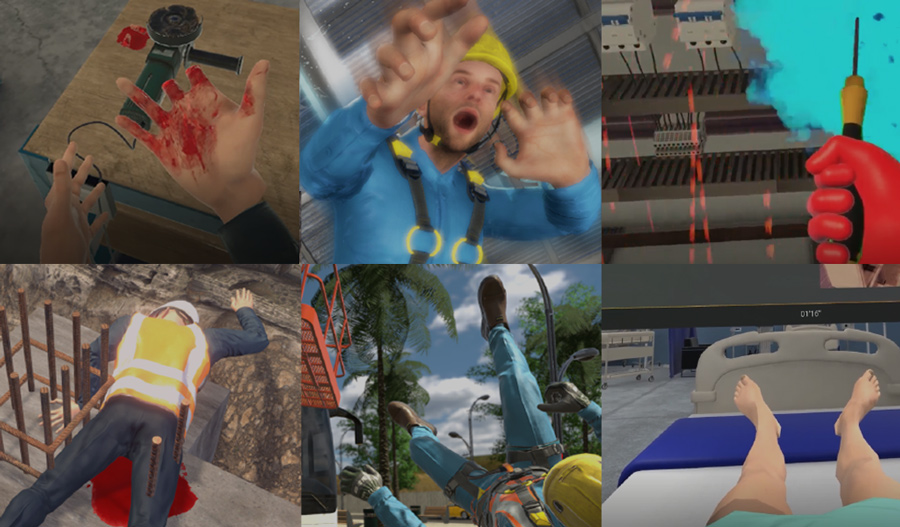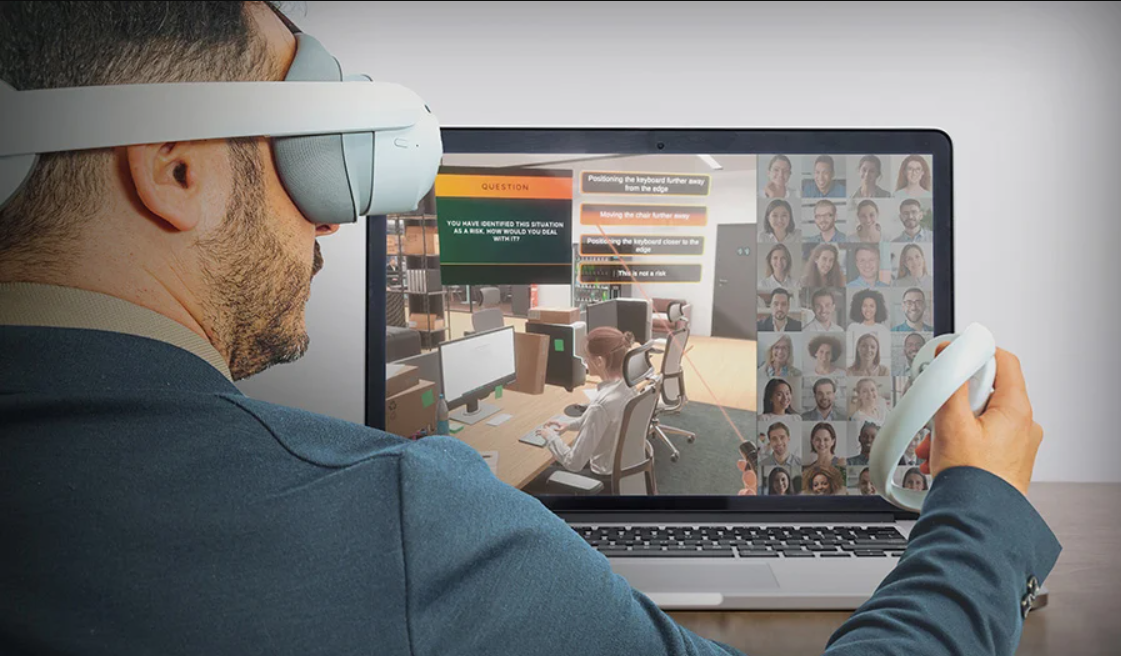Health, Safety and Environment (HSE) managers across the UK are under increasing pressure to ensure compliance with evolving regulations while improving employee engagement and knowledge retention. As traditional training methods struggle to meet these demands, many organisations are turning to immersive learning as a more effective approach to HSE training in the UK.
From tick-box to engaged immersive learning
The UK's regulatory landscape — shaped by legislation such as the Health and Safety at Work Act 1974 and CDM Regulations 2015 — requires rigorous and ongoing training. Yet, conventional methods like slide decks, printed manuals and lectures often fail to keep pace with modern workplace realities. According to the Health and Safety Executive, human factors remain a leading contributor to workplace incidents, often due to lapses in attention, understanding, or recall.
This is where immersive learning — using technologies like Virtual Reality (VR) and Augmented Reality (AR) — offers clear advantages. Instead of passively absorbing information, learners engage in simulated, risk-free environments that mirror real-world scenarios, making it easier to internalise procedures and safety protocols.
A strategic shift for HSE managers in the UK
Forward-thinking HSE managers in the UK are increasingly prioritising effectiveness and employee buy-in over outdated compliance checklists. VR-based training allows for experiential learning that enhances muscle memory, decision-making and hazard recognition — all critical for frontline workers.
Organisations such as IOSH and NEBOSH have begun integrating immersive tools into their training frameworks. In particular, immersive learning aligns with NEBOSH's emphasis on practical application and competence-based assessment.
A recent white paper by the Institution of Occupational Safety and Health (IOSH) also noted that immersive technologies can help bridge the gap between theory and practice, especially in high-risk industries like construction, manufacturing and energy.
Boosting UK HSE compliance with performance metrics
One of the key benefits of immersive learning for UK HSE compliance is data. Unlike traditional methods, VR-based platforms track each learner’s interaction, timing, and decision-making, enabling better insight into individual progress and organisational risk areas.
This data-driven approach supports a more proactive HSE strategy — enabling managers to tailor interventions, prove competence during audits, and demonstrate continuous improvement in safety culture.
Looking ahead
As the expectations for HSE training in the UK continue to evolve, so must the tools used to deliver it. For many, immersive learning is no longer a ‘nice to have’, but a necessary step toward safer, more compliant workplaces.
The shift isn't just technological — it's cultural. And for HSE leaders aiming to meet today’s standards and tomorrow’s challenges, the immersive route is proving not only innovative, but essential.
Ludus offers an immersive VR learning platform specifically designed to meet the needs of HSE managers in the UK seeking more effective, engaging, and scalable training tools.
Using state-of-the-art Virtual Reality (VR) technology, Ludus allows workers to experience realistic risk scenarios in a fully controlled environment — from confined space entry to fire response or working at height — all aligned with UK safety standards and training expectations.
The platform features a growing catalogue of 21 VR training modules covering critical areas of UK HSE compliance, making it easy to deploy targeted sessions across different teams and roles.
With built-in performance analytics, Ludus enables organisations to measure competence, identify training gaps, and foster continuous improvement — ultimately supporting a stronger safety culture and better operational outcomes.
---------------------------------------------------------------------------
Would you like to implement Ludus' Virtual Reality in your health and safety training?
Fill out this form to receive information about the options best suited to your company's needs.


